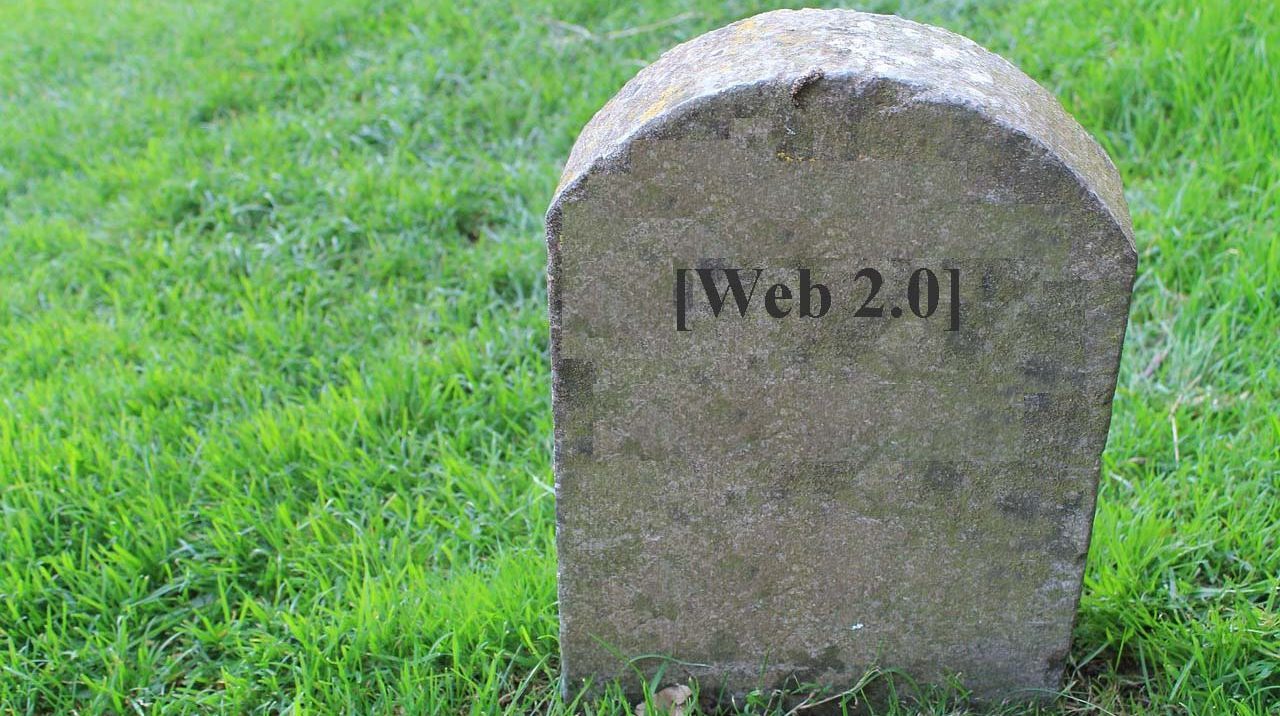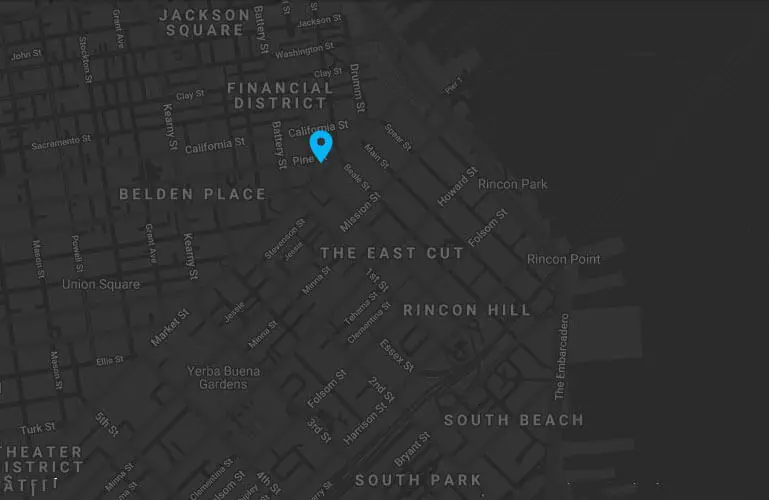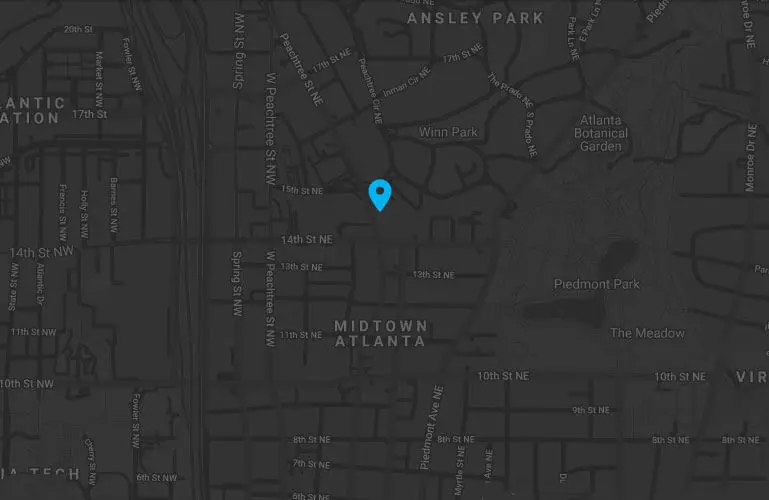Web design is dead? Web design has come a long way over the years. It used to be that the focus was on creating visually appealing websites that were easy to navigate. While these elements are still important, traditional web design is dead. This article will explore why this is the case and what has replaced it.
The Old Ways of Web Design
Traditional web design was a one-way conversation between the web designer and the user. The designer would create a website based on assumptions of what the user wanted. This design process wasn’t data-driven and relied heavily on the designer’s personal preferences and experience. The end result was often a beautiful website, but not necessarily an effective one.
The rise of mobile devices and the shift to a more visual web meant that traditional web design had to evolve. Responsive design became necessary to ensure that sites not only performed well on desktops but also on mobile devices with their smaller screens. This shift to responsive design signaled the beginning of the end for traditional web design. Indeed, web design is dead.
The Problems with Traditional Web Design
There are several problems with traditional web design that make it unsuitable for today’s web.
1. It’s Not Data-Driven
Traditional web design was typically based on assumptions and guesswork. Designers would create websites based on what they thought users wanted. This process was not data-driven and often resulted in websites that did not meet the needs of their users.
2. It’s Not User-Centered
Traditional web design was centered around the designer’s vision of what the website should look like. This often meant that the user’s needs were not taken into consideration. User-centered design, on the other hand, puts the user at the center of the design process.
3. It’s Not Agile
Traditional web design often took months to complete. This was because the designer would create wireframes, design the site, and then start the development process. This could take months to complete. In today’s fast-paced digital world, this kind of timeline is unacceptable.
4. It’s Not Cost-Effective
Traditional web design was expensive. Designers would charge a premium for their services, and the development process was long and arduous. This made it difficult for smaller businesses to have an online presence.
How Web Design Has Evolved
There has been a seismic shift in web design in recent years. This shift has been driven by a number of factors including the rise of mobile devices, the move to a more visual web, and the need for better user experiences. There are three important ways in which web design has evolved.
1. User-Centered Design
User-centered design (UCD) is a design process that puts the user at the center of the design process. This approach starts with understanding the user’s needs, behaviors, and attitudes. By understanding the user, designers can create websites that meet their specific needs. This approach has become critical in the age of mobile devices. With so many different screen sizes and input methods, it’s more important than ever to create websites that are tailored to the user.
2. Agile Development
Agile development is a development methodology that emphasizes flexibility and speed. Instead of working on a project in a linear fashion, agile development allows developers to work on multiple features simultaneously. This approach allows developers to get feedback from users early and often. Based on this feedback, developers can make changes to the site in real-time. Agile development has become essential in the age of digital disruption. Businesses that can’t move fast are at a disadvantage.
3. Data-Driven Design
Data-driven design is a design process that uses data to make design decisions. By collecting data on user behavior, designers can create websites that meet users’ needs. This data can come from a variety of sources, such as user surveys, website analytics, and heatmaps. The key is to collect as much data as possible and use it to inform the design process. Data-driven design has become crucial in today’s digital age. With so much data available, businesses that ignore it are at risk of falling behind.
The Future of Web Design
What does the future hold for web design? It’s impossible to predict with certainty, but we can make some educated guesses.
1. Personalization
Personalization is already a big trend in web design, and it’s only going to get bigger. By collecting data on users’ behaviors and preferences, designers will be able to create websites that are customized to the user. This could include personalized content, personalized product recommendations, and personalized user interfaces.
2. Voice Interface
Voice interfaces are becoming more common with the rise of smart speakers. As these devices become more ubiquitous, it’s likely that we’ll see more websites that are designed specifically for voice interaction.
3. Augmented Reality
Augmented reality (AR) is already being used by some businesses, but it’s still in its infancy. As AR technology improves, we’re likely to see more websites that incorporate AR elements. This could include AR product demos or AR interfaces.
Conclusion
Traditional web design is dead. The world has changed, and web design has evolved with it. User-centered design, agile development, and data-driven design are now the norm. Businesses that stick with traditional web design are at risk of falling behind. The future of web design is all about personalization, voice interfaces, and augmented reality. As technology continues to evolve, so too will web design. Successful businesses will keep up with these changes and embrace the new ways of designing for the web.
About DEEPBLUE
DEEPBLUE is a leading web design and development agency that uses the latest technologies and coding languages to deliver exceptional user experiences. With a team of expert designers, developers and UX specialists, our innovative approach to web design and development has been transforming the industry for over two decades. We are committed to delivering user-centric web solutions that not only look stunning but also perform flawlessly.
DEEPBLUE’s AI technology-driven approach to web development ensures that it delivers web solutions tailored to specific business needs. Such solutions surpass industry benchmarks in terms of user experience and engagement.
Ready to harness the power of AI for your web solutions? DEEPBLUE is your one-stop destination for all your web design and development needs. Contact us to learn more about our services and how we can help you create exceptional web solutions.


